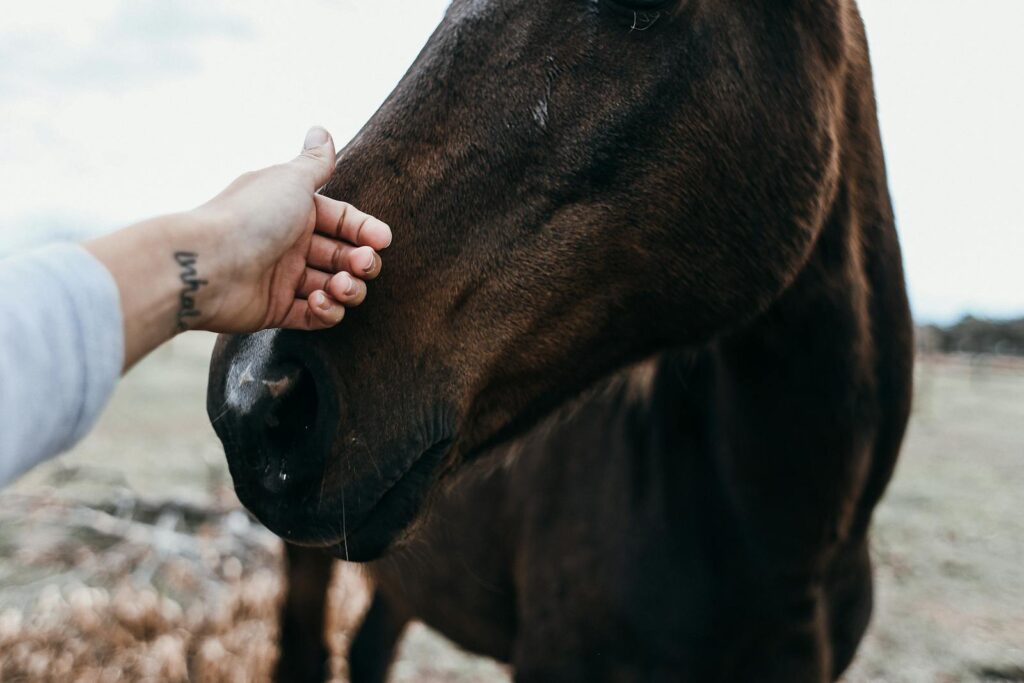Forming a bond with a rescue or previously abused horse represents one of the most challenging yet rewarding experiences in equine companionship. These special animals often carry invisible scars that manifest in their behavior, requiring patience, understanding, and specialized approaches to trust-building. While the journey may take longer than with horses that haven’t experienced trauma, the connection ultimately formed can be extraordinarily deep and meaningful. This comprehensive guide will walk you through the essential steps, techniques, and mindsets needed to successfully rehabilitate and connect with a horse that has experienced neglect, mistreatment, or abandonment. By following these proven approaches, you’ll create a foundation of trust that can transform both your life and the life of your equine companion.
Understanding Equine Trauma and Its Effects
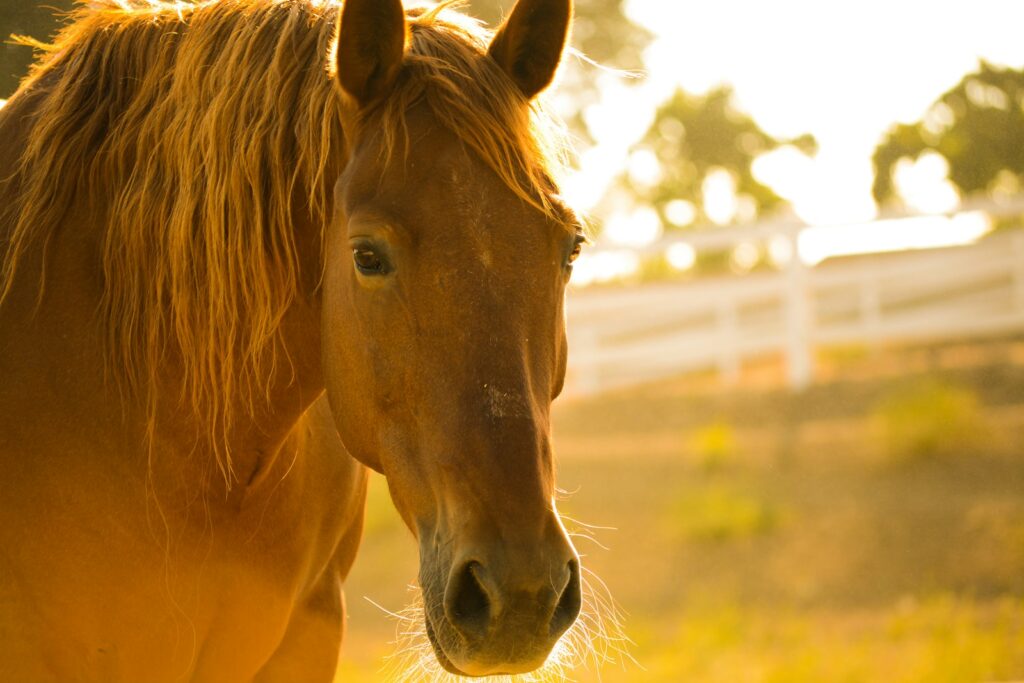
Before attempting to form a bond with a rescue horse, it’s crucial to understand how trauma manifests in equine behavior and psychology. Horses are prey animals with highly developed flight responses, making them particularly susceptible to long-lasting effects from abuse or neglect. Common trauma responses include heightened reactivity, unpredictable behavior, difficulty with handling, and general distrust of humans. These behaviors aren’t signs of stubbornness or bad temperament but rather survival mechanisms developed through negative experiences. A horse that pins its ears when approached, refuses to be caught, or reacts violently to certain stimuli is communicating its fear based on previous associations. Recognizing these behaviors as trauma responses rather than deliberate disobedience creates the empathy necessary for rehabilitation work, allowing you to address the root causes rather than just the symptoms.
Creating a Safe and Consistent Environment
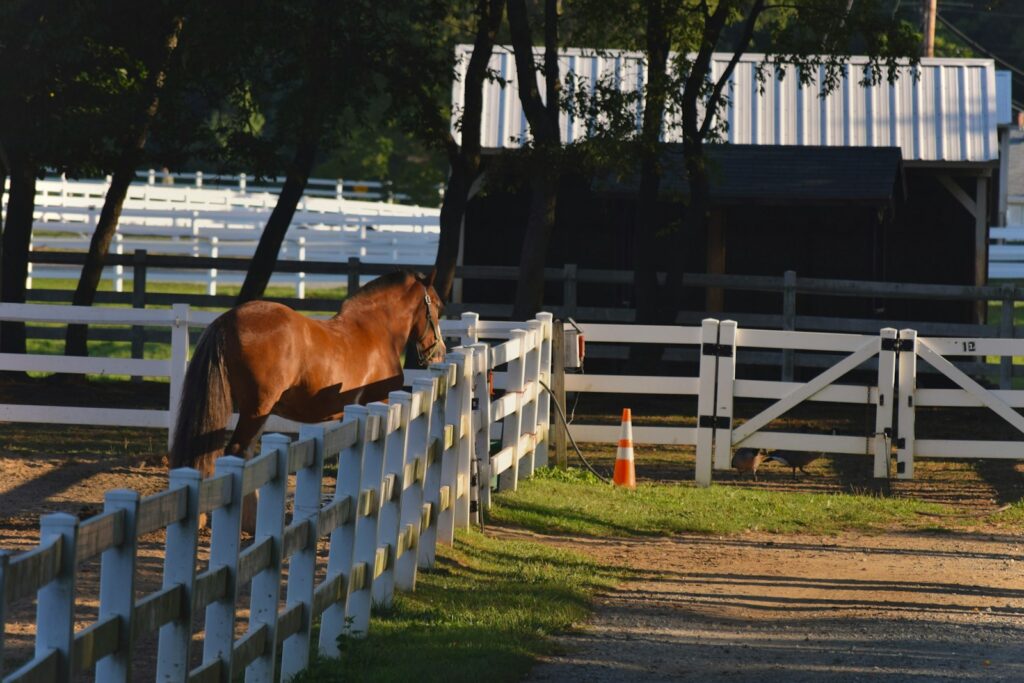
The foundation of rehabilitation begins with establishing a safe, predictable environment that allows your rescue horse to decompress and begin to feel secure. Start by providing a consistent daily routine with regular feeding times, turnout schedules, and handling sessions, as predictability helps traumatized horses regain a sense of control. Ensure their living space offers both shelter and enough room to move freely, with clear sightlines to their surroundings to reduce anxiety. Minimize unnecessary changes, loud noises, or chaotic activities nearby that might trigger fear responses. Many rehabilitators find success with providing a compatible equine companion, as horses are herd animals that often feel safer with their own kind. Creating this secure foundation may seem basic, but it’s essential groundwork that allows all subsequent trust-building to take place more effectively.
Reading and Respecting Equine Body Language
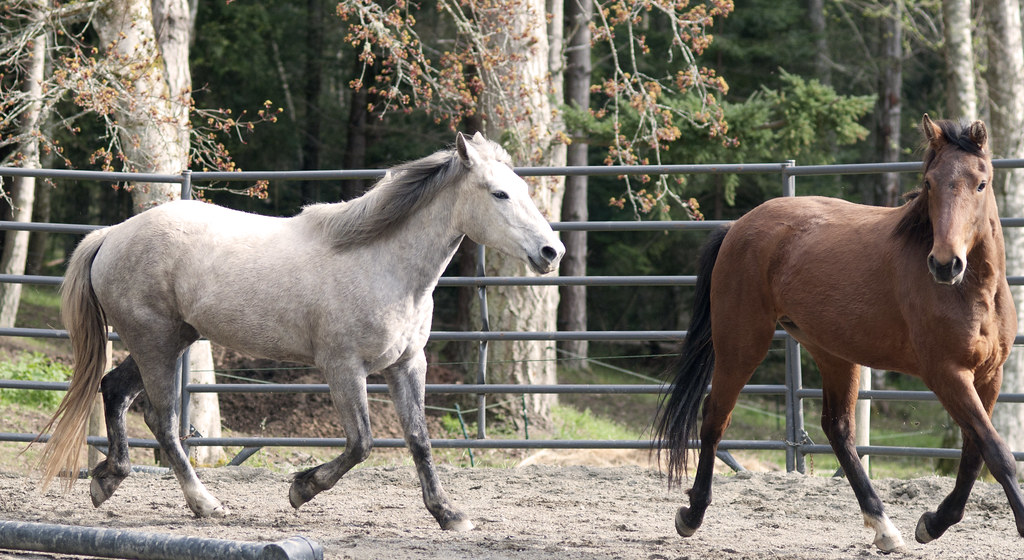
Developing fluency in equine body language is non-negotiable when working with traumatized horses, as it allows you to identify signs of stress before they escalate to dangerous reactions. Learn to recognize subtle cues like muscle tension, tail swishing, elevated head posture, and changes in breathing that indicate rising anxiety. When your horse displays these warning signs, immediately reduce pressure and give them space rather than pushing forward with your agenda. The ear position of your horse provides particularly valuable information—pinned ears signal discomfort or aggression, while ears pointed forward often indicate interest or curiosity. By consistently respecting these communications, you demonstrate to your horse that their feelings matter and that you won’t force them into frightening situations. This responsive approach builds the foundation of trust much more effectively than any training technique alone could achieve.
Employing Positive Reinforcement Techniques

Positive reinforcement represents one of the most effective approaches for rehabilitating previously abused horses, as it creates associations between human interaction and pleasant experiences rather than pressure or fear. This method involves rewarding desired behaviors immediately with something the horse values—often a treat, but sometimes simply release of pressure, verbal praise, or a scratch in a favorite spot. The timing of the reward is crucial; it must occur immediately after the desired behavior for the horse to make the connection. Begin with extremely simple behaviors like standing calmly for a few seconds, lowering the head slightly, or taking one step forward when requested. As your horse begins to understand that cooperation leads to rewards and not punishment, their willingness to engage will typically increase. Many rehabilitators find that clicker training, where a distinct clicking sound marks the exact moment of correct behavior, provides helpful precision in this process.
Practicing Patience and Managing Expectations
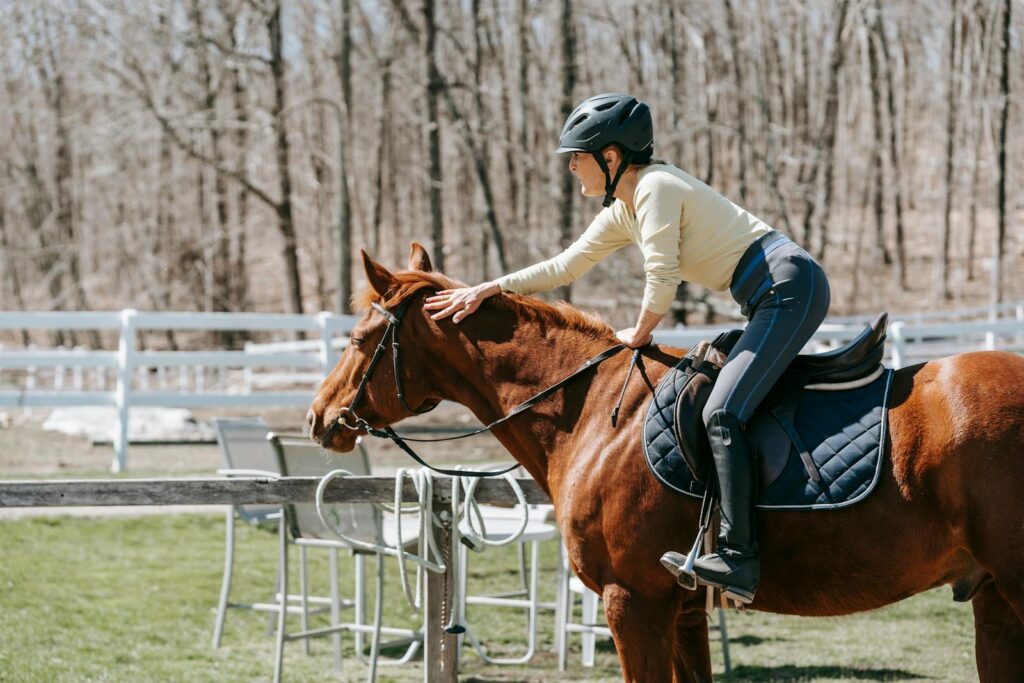
Rehabilitating a traumatized horse requires an entirely different timeline than training one without a troubled history, making patience and appropriate expectations absolutely essential to success. Progress often follows a non-linear path, with breakthroughs followed by setbacks as your horse processes new experiences and tests boundaries for consistency. What might take days with a well-socialized horse could take months with a rescue, particularly for fundamental activities like haltering, leading, or accepting touch in sensitive areas. Establish realistic milestones based on your individual horse’s history and temperament rather than comparing to conventional training timelines. Celebrate small victories enthusiastically—the first time your horse approaches you voluntarily or allows touch on a previously guarded area represents significant progress worth acknowledging. Maintaining this patient mindset prevents frustration that could damage the fragile trust you’re building and honors the horse’s need for processing time.
Building Trust Through Groundwork
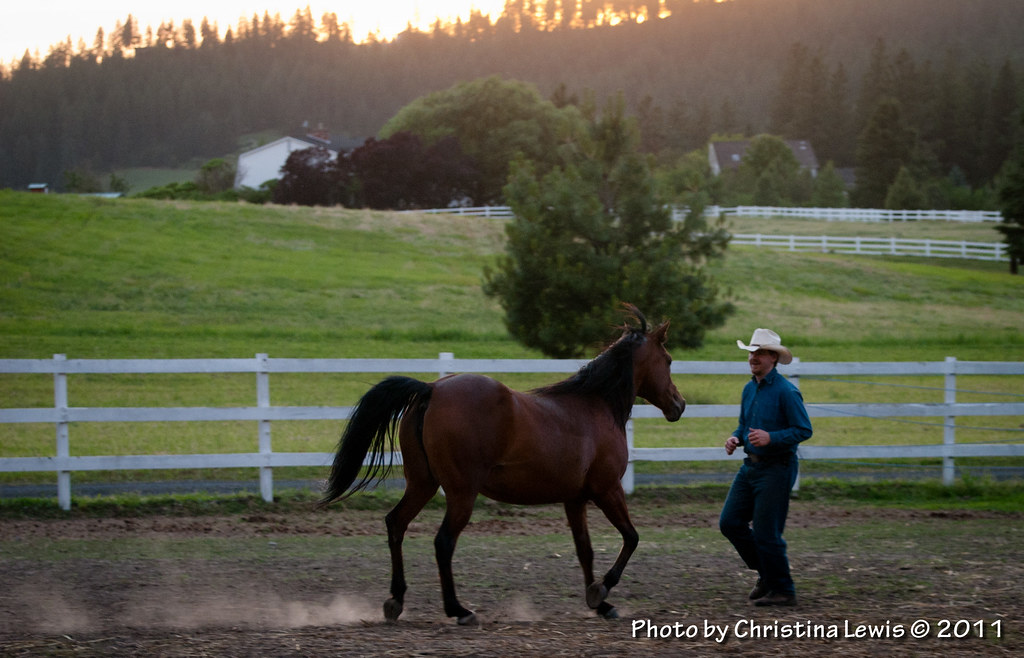
Thoughtful groundwork provides the cornerstone of rehabilitation for traumatized horses, creating opportunities for communication without the pressure or potential danger of mounted work. Begin with activities that allow the horse to maintain a comfortable distance, such as liberty work in a round pen where they can move freely while still engaging with you. Progress to exercises that establish clear, consistent communication, like teaching the horse to move away from gentle pressure and to stop and face you on request. Leading exercises where the horse learns to match your pace, stop when you stop, and turn when you turn build responsiveness while reinforcing your role as a trustworthy leader. Many rehabilitators find success with techniques from natural horsemanship, though it’s important to adapt any method to suit your individual horse’s needs and responses. The goal of groundwork isn’t compliance but conversation—creating a two-way dialogue that enables mutual understanding and willing partnership.
Establishing Appropriate Boundaries
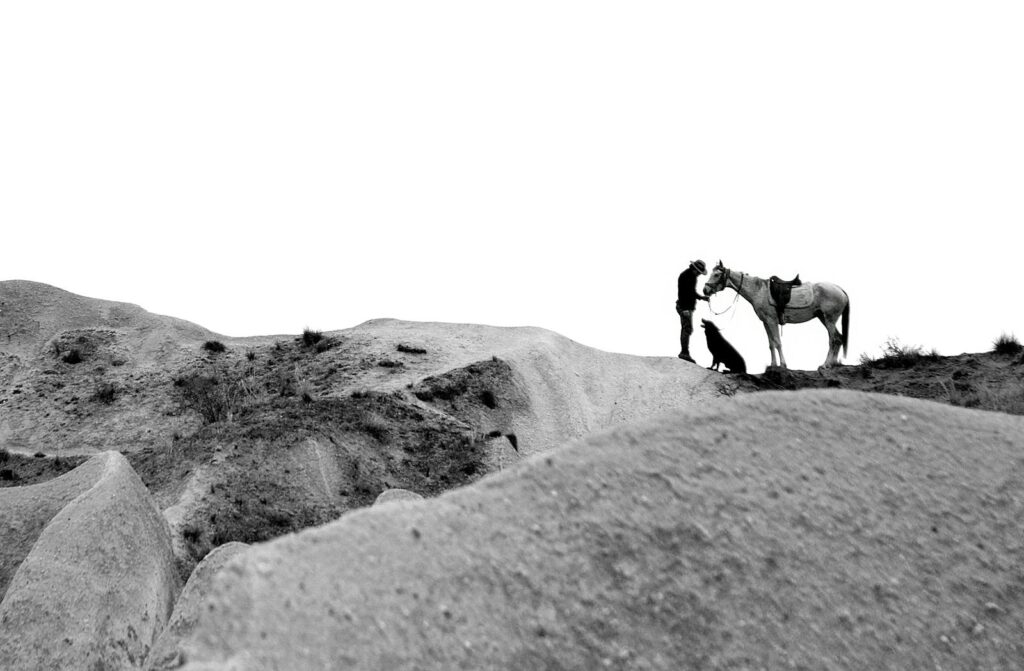
While compassion forms the heart of rehabilitation work, establishing clear boundaries proves equally important for creating a sense of security and preventing dangerous behaviors. Traumatized horses often develop problematic coping mechanisms like charging, biting, or crowding handlers—behaviors that may have helped them survive in the past but become unsafe in domestic settings. Addressing these issues requires consistency rather than punishment, clearly communicating which behaviors are acceptable while providing appropriate alternatives. When setting boundaries, use the minimum pressure needed to achieve the desired response, then immediately release and reward the horse for complying. For instance, if your horse attempts to nip, a quick, firm “no” followed by redirecting them to a more appropriate behavior creates clarity without triggering fear. Well-established boundaries actually increase a rescue horse’s confidence by providing predictable structure and clear expectations.
Approaching Touch and Handling Sensitively
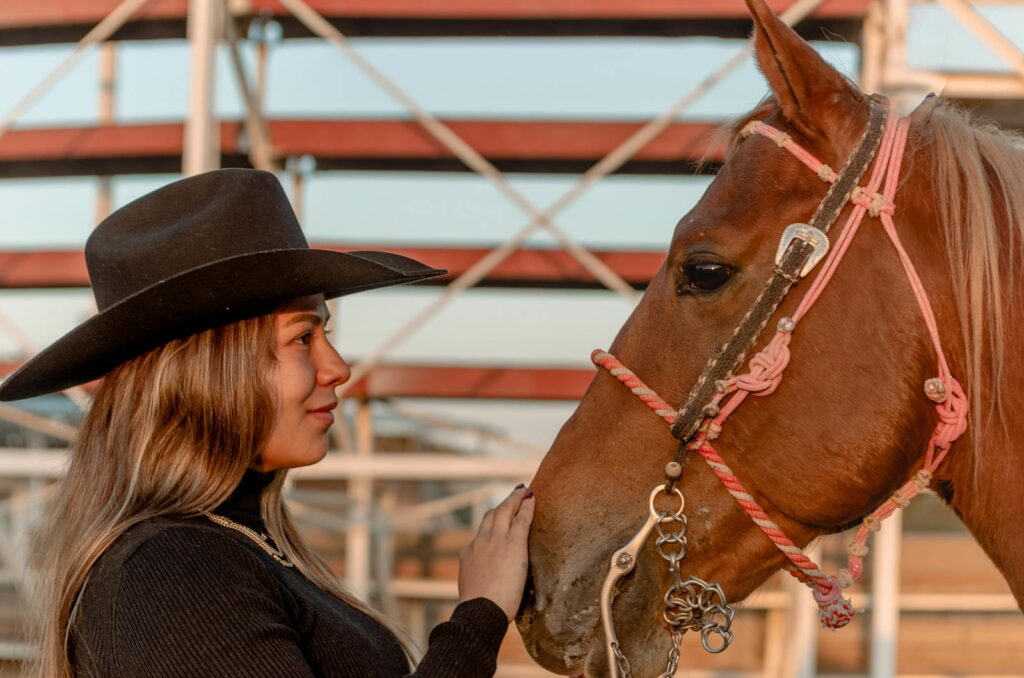
Many previously abused horses carry specific sensitivities around being touched or handled in certain ways, requiring a methodical approach to physical contact. Begin touch work where the horse shows the least resistance—often the neck or shoulder area—using a light, consistent pressure rather than patting or unpredictable movements. Employ techniques like the approach and retreat method, where you briefly touch a challenging area and immediately remove your hand before the horse shows significant anxiety, gradually increasing duration as tolerance builds. Tools like soft grooming brushes, massage mitts, or even long-handled back scratchers can serve as extensions of your hand for horses that aren’t ready for direct contact. Pay particular attention to potentially triggering areas like the face, ears, legs, and girth area, which may have been sites of previous abuse. Remember that your energy and intention matter as much as your technique—approaching handling sessions with calm, focused presence helps reassure your nervous horse.
Using Desensitization Strategically
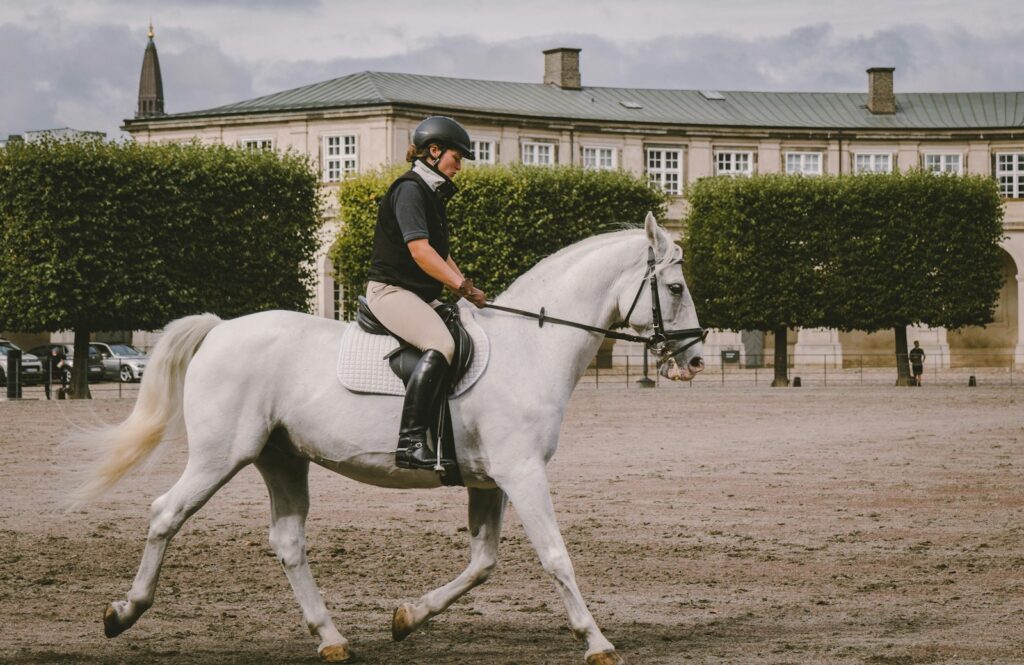
Desensitization plays a vital role in helping rescue horses overcome specific fears related to objects, sounds, or situations they associate with past trauma. This process involves controlled, gradual exposure to frightening stimuli at a level that doesn’t trigger panic, followed by increasing intensity as the horse demonstrates comfort. For instance, if your horse fears whips from previous abuse, begin by placing one visible at a distance where they remain calm, then gradually decrease the distance over multiple sessions. Pair exposure with positive associations like treats or praise to create new, more positive mental connections. The key lies in managing the intensity to keep the horse’s stress response below the threshold of panic or shutdown. Many rehabilitators find success using a technique called counter-conditioning, where frightening stimuli are specifically paired with pleasant experiences to overwrite negative associations. When properly implemented, strategic desensitization can transform previously terrifying experiences into neutral or even positive ones.
Understanding and Managing Triggers
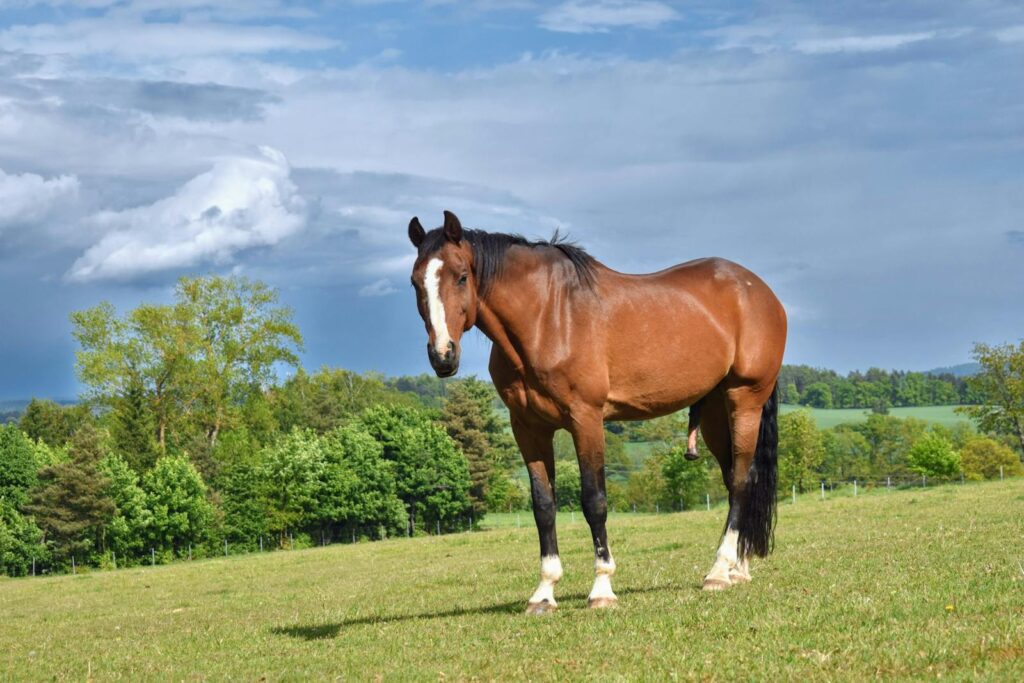
Previously abused horses often carry specific triggers that can activate intense fear responses based on their past experiences. These triggers might include particular tools, movements, voices, or even seemingly innocent actions like raising your hand or approaching from a certain angle. Through careful observation, create a detailed inventory of your horse’s specific triggers, noting both obvious reactions and subtle signs of discomfort. Once identified, develop a management plan for unavoidable triggers—perhaps approaching from a different direction, using alternative equipment, or modifying handling techniques to avoid triggering associations. For some horses, specific triggers may remain problematic for their entire lives and simply need to be respectfully accommodated rather than “fixed.” This trauma-informed approach acknowledges your horse’s legitimate fears without judgment while creating workarounds that allow for functional partnership despite these sensitivities.
Building Positive Associations Through Joint Activities
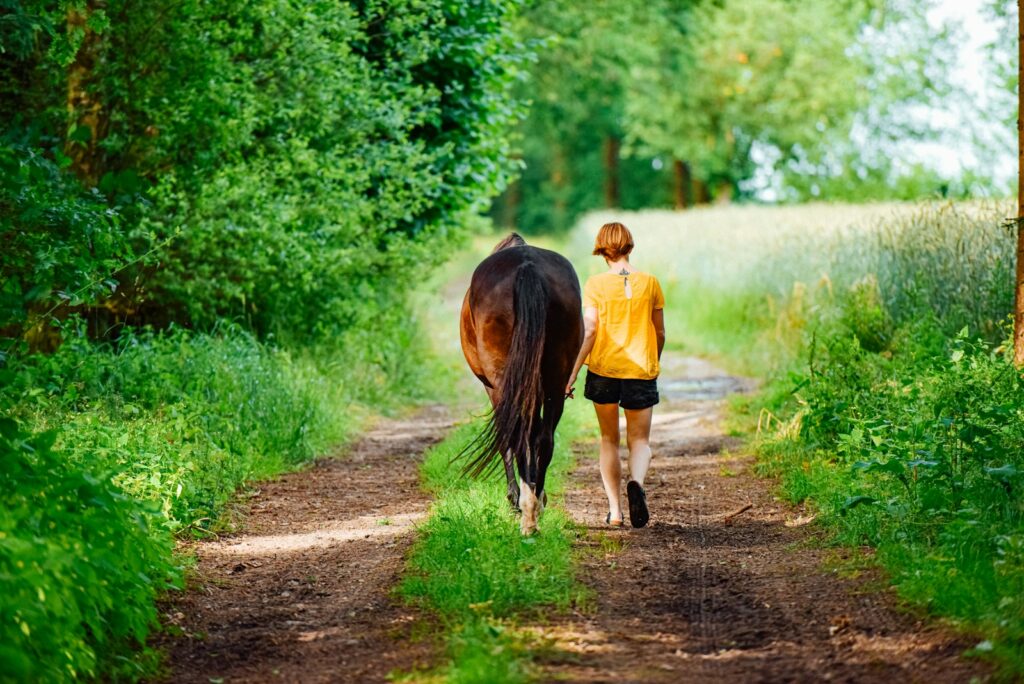
Creating opportunities for positive experiences beyond formal training sessions accelerates bonding with rescue horses by establishing you as a source of enjoyment rather than just work or pressure. Consider activities like hand-grazing walks where you lead your horse to fresh patches of grass, providing a natural reward while reinforcing basic leading skills. Target training—teaching your horse to touch an object with their nose—creates an engaging game that builds focus and responsiveness while remaining low-pressure. Many rehabilitators find success with liberty play, where the horse can freely choose to engage in following exercises, creating a powerful reinforcement of willing partnership. For more confident horses, obstacle courses with rewards for navigation build problem-solving skills and trust in your guidance. Even simple activities like gentle grooming in favorite spots or shared quiet time in the paddock contribute to positive associations. These enjoyable interactions often progress bonding more effectively than traditional training sessions alone.
Seeking Professional Support When Needed
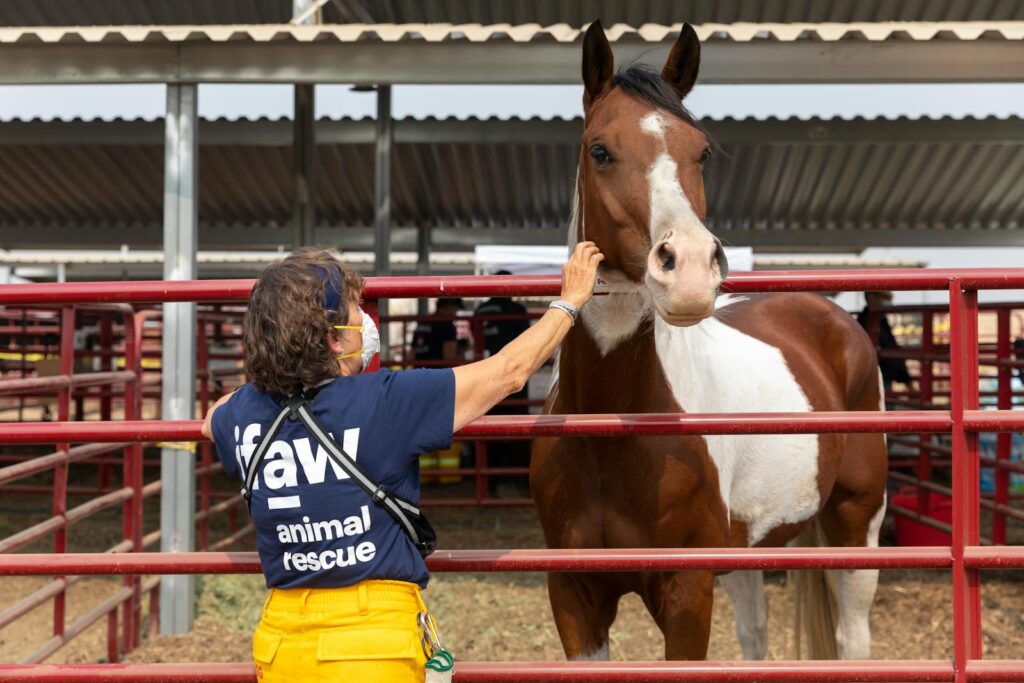
While rehabilitation can be immensely rewarding, certain situations require professional intervention to ensure both human safety and the horse’s progress. Consider consulting an equine behaviorist, trauma-informed trainer, or experienced rescue specialist if your horse displays dangerous aggression, profound fear responses that don’t improve, self-harming behaviors, or if progress plateaus despite your best efforts. These professionals can provide objective assessment of behavior patterns you might miss and develop tailored intervention strategies. Additionally, equine veterinarians can rule out physical issues that might contribute to behavioral challenges, as pain or discomfort often manifests as resistance or reactivity. Many rehabilitators benefit from regular lessons with knowledgeable trainers who can observe interactions and suggest refinements to techniques. Remember that seeking help represents strength and commitment to your horse’s wellbeing, not failure—even experienced rehabilitators regularly consult with colleagues on challenging cases.
Celebrating and Sustaining Progress
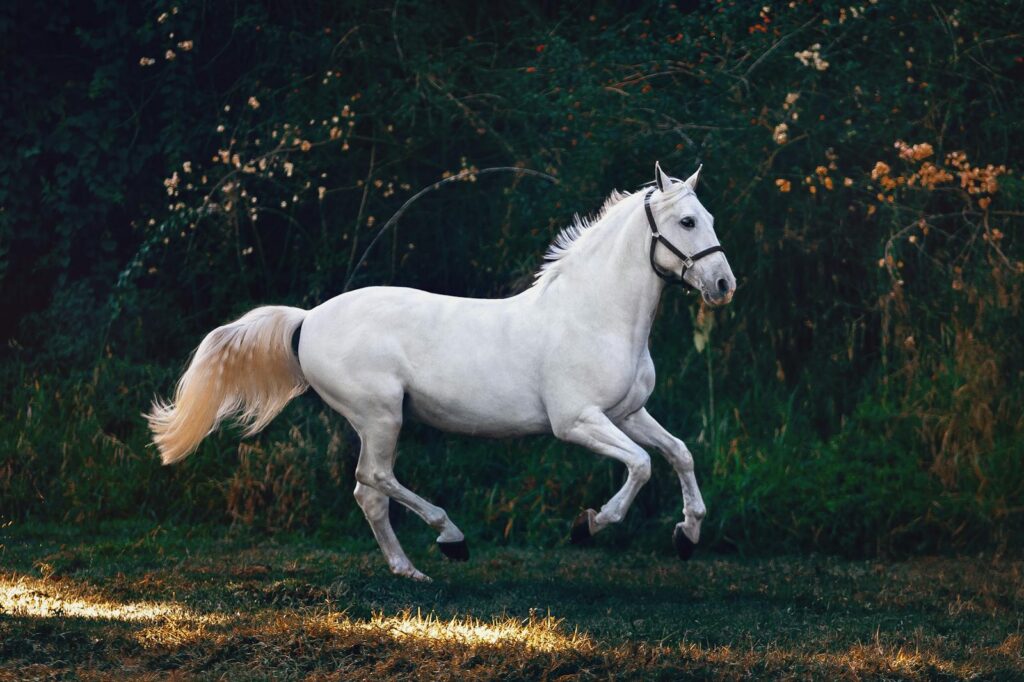
The journey of rehabilitating a rescue horse contains countless meaningful milestones that deserve recognition and celebration. Document your progress through photos, videos, or a rehabilitation journal to provide perspective during challenging periods when advancement seems slow. These records often reveal substantial progress that daily interactions might obscure. Share victories with supportive friends or online communities who understand the significance of moments like the first volunteer approach, first willing acceptance of a saddle, or first relaxed grooming session. Maintain progress by periodically revisiting foundational exercises rather than continuously pushing forward, as this reinforces existing skills while building confidence. Remember that rehabilitation isn’t linear—periods of regression during stressful times or seasonal changes are normal and don’t erase previous achievements. Most importantly, honor the unique timeline of your horse’s healing journey without imposing arbitrary deadlines that could pressure you both unnecessarily.
Recognizing When You’ve Achieved True Partnership
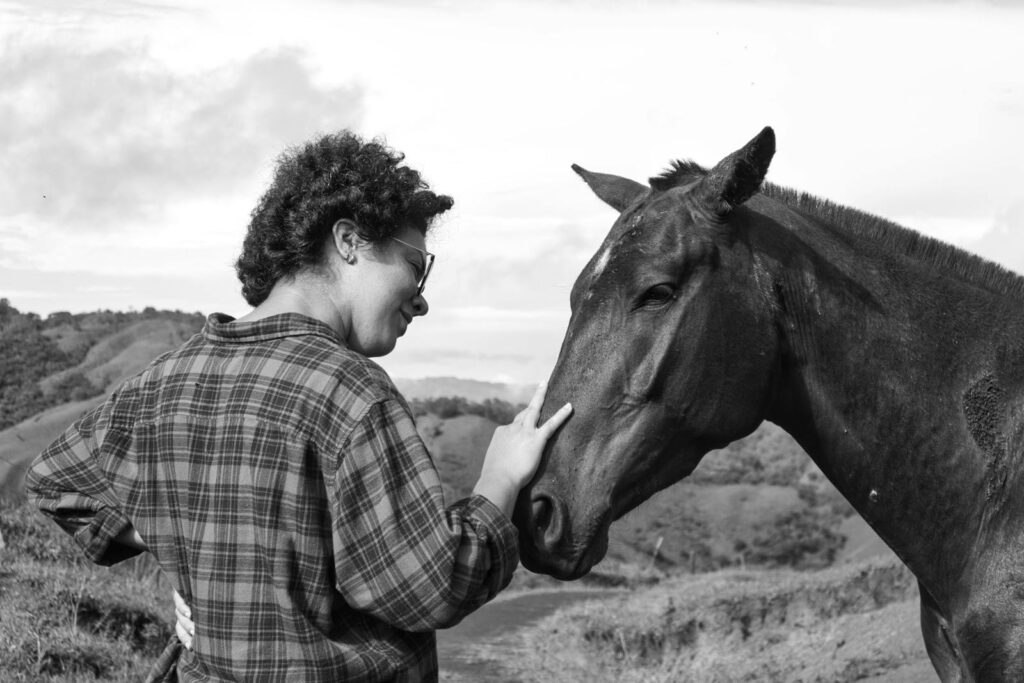
The ultimate reward of rehabilitation work comes in recognizing the moment when your relationship transitions from rehabilitation to genuine partnership based on mutual trust and understanding. This transformation rarely happens dramatically but rather emerges gradually through subtle shifts in your horse’s demeanor and responses. You might notice your once-fearful rescue now nickering a greeting when you appear, moving toward you rather than away, or showing relaxed body language during interactions that previously caused tension. True partnership manifests in willing cooperation without resistance, the ability to recover quickly from startling events, and synchronicity in movement whether on the ground or under saddle. Perhaps most telling is when your horse begins to show curiosity and engagement rather than mere tolerance, actively participating in your shared activities with apparent enjoyment. This hard-earned connection with a formerly traumatized horse represents one of the most profound experiences available in the equestrian world—a testament to the remarkable capacity of horses to heal and form new bonds when given proper support.
The journey of bonding with a rescue or previously abused horse requires significant commitment, consistency, and compassion. Though challenging, few equestrian endeavors offer such profound rewards. By approaching rehabilitation with patience, respect for the horse’s past experiences, and appropriate techniques, you create the possibility for remarkable transformation. The relationship that develops through this process often achieves a depth rarely found in partnerships with horses that haven’t experienced adversity. Remember that in helping a traumatized horse heal, many handlers discover their own growth in empathy, communication skills, and emotional awareness. The quiet trust in the eyes of a formerly fearful horse who has learned to believe in humanity again represents an achievement worth every moment of the effort invested in this extraordinary journey.

